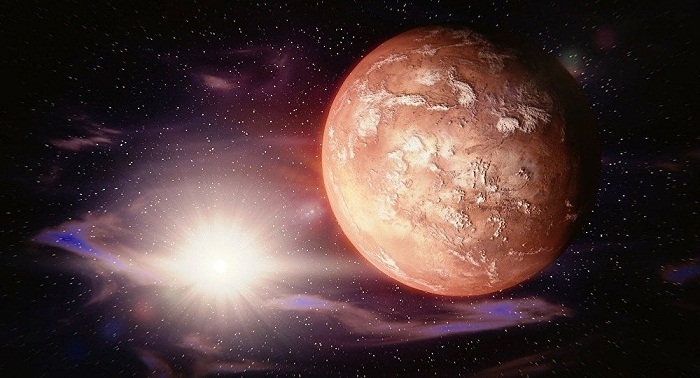It was reported earlier by NASA researchers that the cracks, measuring up to 150-feet wide and hundreds of feet long, are caused by melted carbon dioxide erupting from underneath the ice cap.
"The trapped carbon dioxide gas that carves the spiders in the ground also breaks through the thawing ice sheet," said Meg Schwamb, a planetary scientist with the Gemini Observatory, in a Thursday media release. "It lofts dust and dirt that local winds then sculpt into hundreds of thousands of dark fans that are observed from orbit.
Since the initial discovery of the cracks, the space agency has pushed to conduct a comprehensive study into a phenomenon.
In 2015, NASA launched a project called Planet Four: Terrains, encouraging citizens to map the spiders on Mars by searching through low-resolution photographs taken by the Context Camera (CTX) on NASA`s Mars Reconnaissance Orbiter. After identification, areas hosting ice-cap cracks will be imaged by the High-Resolution Imaging Science Experiment (HiRISE) camera, for further investigation.
Some 10,000 people have offered to participate in the experiment to date, NASA have reported, helping HiRISE to find and image new areas that host the spiders. “The 20 new regions have been added to this seasonal monitoring campaign,” Schwamb said. “Without the efforts of the public, we wouldn`t be able to see how these regions evolve over the spring and summer compared with other regions.”
Volunteers helped to locate spiders in new areas where carbon-dioxide slab ice had not previously been spotted. HiRISE deputy principal investigator Candice Hansen said the new findings could become a starting point for a separate research.
The Planet Four: Terrains is a part of NASA’s Zooniverse-branded platform, hosting some 47 scientific projects that engage over a million volunteer scientists.
More about:
















































